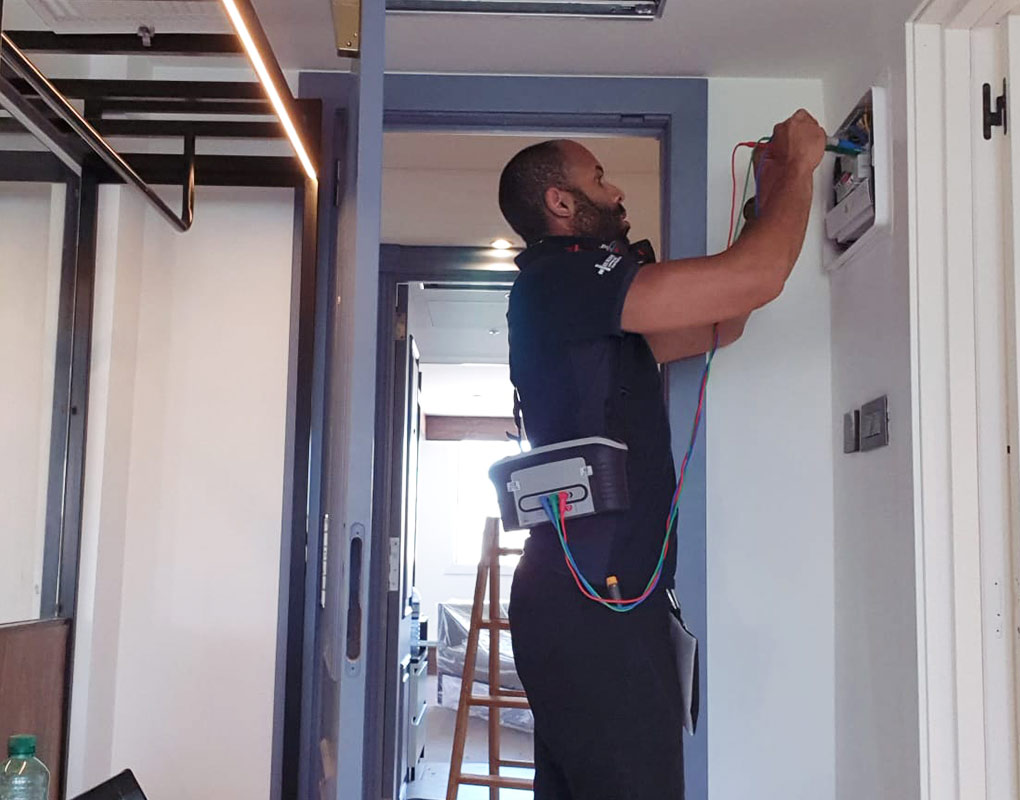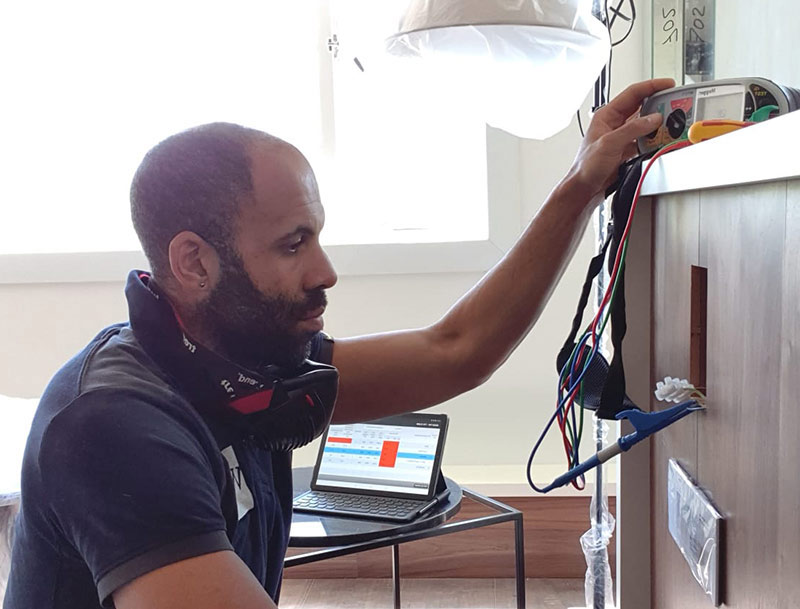An inspection and series of tests to make sure your electrical installation continues to conform to the national safety standard. A periodic inspection will:
Electrical Installation Condition Report
An Electrical Installation Condition Report is an in-depth inspection of the electrical installation followed by a comprehensive report detailing recommendations and remedial work required.
The Electrical Installation Condition Report is the most detailed inspection of the electrical installation and ensures functionality and safety. Landlords renting have to comply under the regulations that came into force on 1 June 2020 and form part of the Government’s wider work to improve safety in all residential premises and particularly in the private rented sector.

How often is an electrical installation condition inspection required?
Your electrics should be tested every 10 years for you home or every 5 years for a rented property. Other instances when a periodic inspection should be carried out are when a property is being prepared to be let, before selling a property or when buying a previously occupied property.
What is an electrical installation condition report?

Reveal if any of your electrical circuits or equipment are overloaded
Find any potential electric shock risks or fire hazards.
Identify any defective electrical work.
Highlight any lack of earthing or bonding.
Who should do it and what happens?
A suitably qualified electrician, such as those employed by Michael Wood Electrical , who will check the electrics against the national safety standard, should carry out all electrical installation condition inspections. The inspection should meet BS 7671:2018 – Requirements for Electrical Installations (IEE Wiring Regulations). The inspection takes into account all the relevant circumstances and includes the following:
- The adequacy of earthing and bonding.
- The suitability of the switch and control gear. For example an old fusebox with a wooden back, cast-iron switches, or a mixture of both will need replacing.
- The serviceability of switches, sockets and light fittings. All of these may need replacing: older round-pin sockets, round light switches to light fittings, black switches and sockets mounted in skirting boards.
- The type of wiring system and its condition. For example cables coated in black rubber were phased out in the 1960s, likewise cables coated in lead or fabric are even older.
- That residual current devices are used for sockets that may be used with outdoor electrical equipment.
- The presence of adequate identification and notices.
- The extent of any wear and tear, damage or other deterioration.
- The changes in use of the premises which have led to, or may lead to, problematic wiring.
Emergency Call Out
We’re available to look after your electrical emergency 24 hours a day, 7 days a week.

